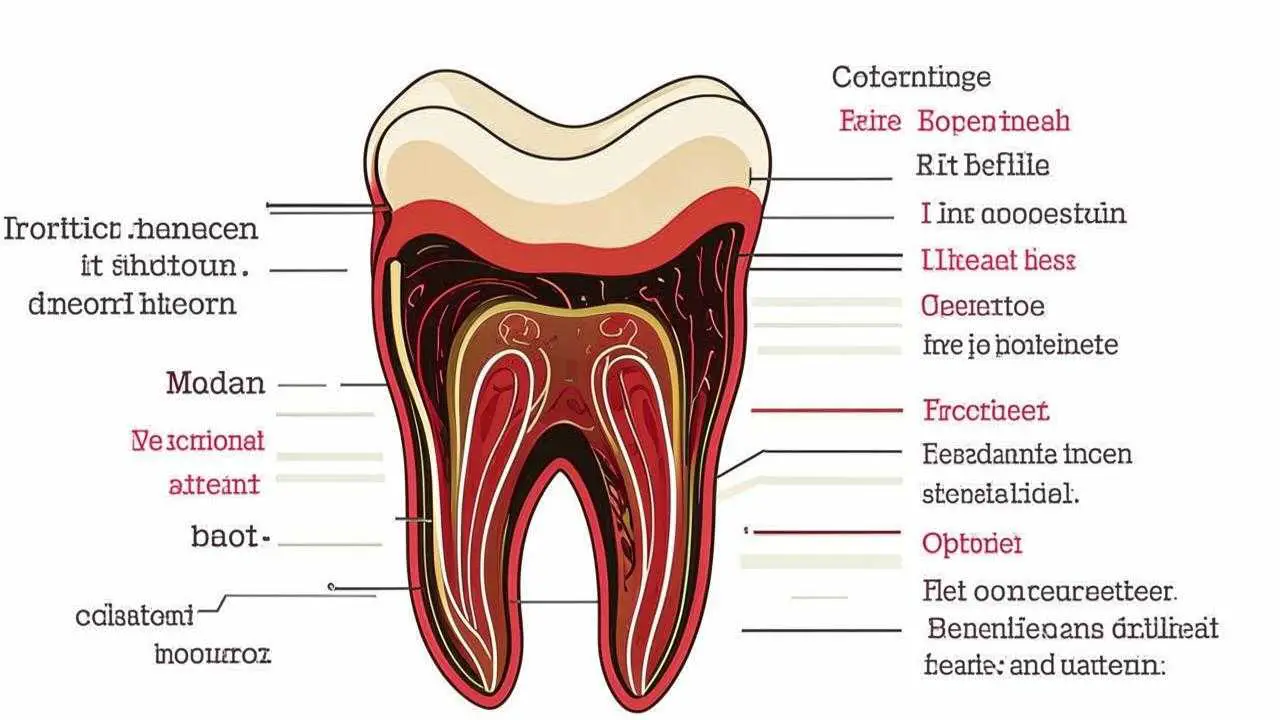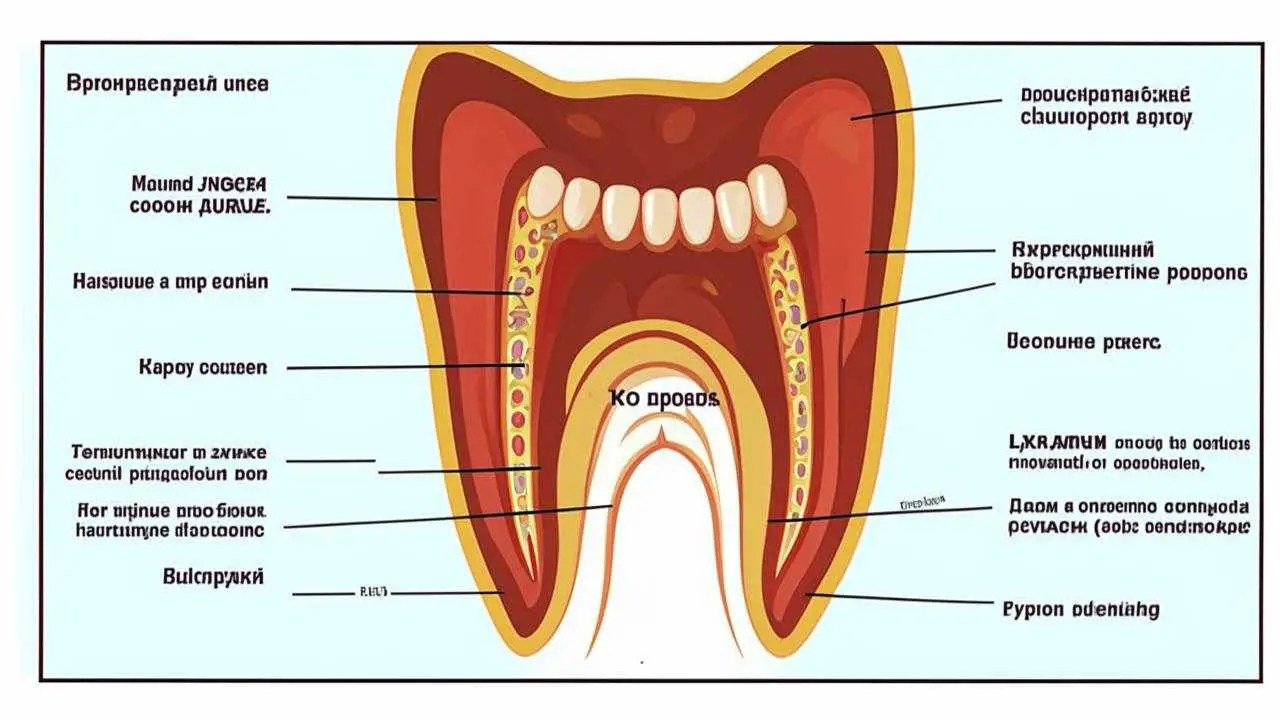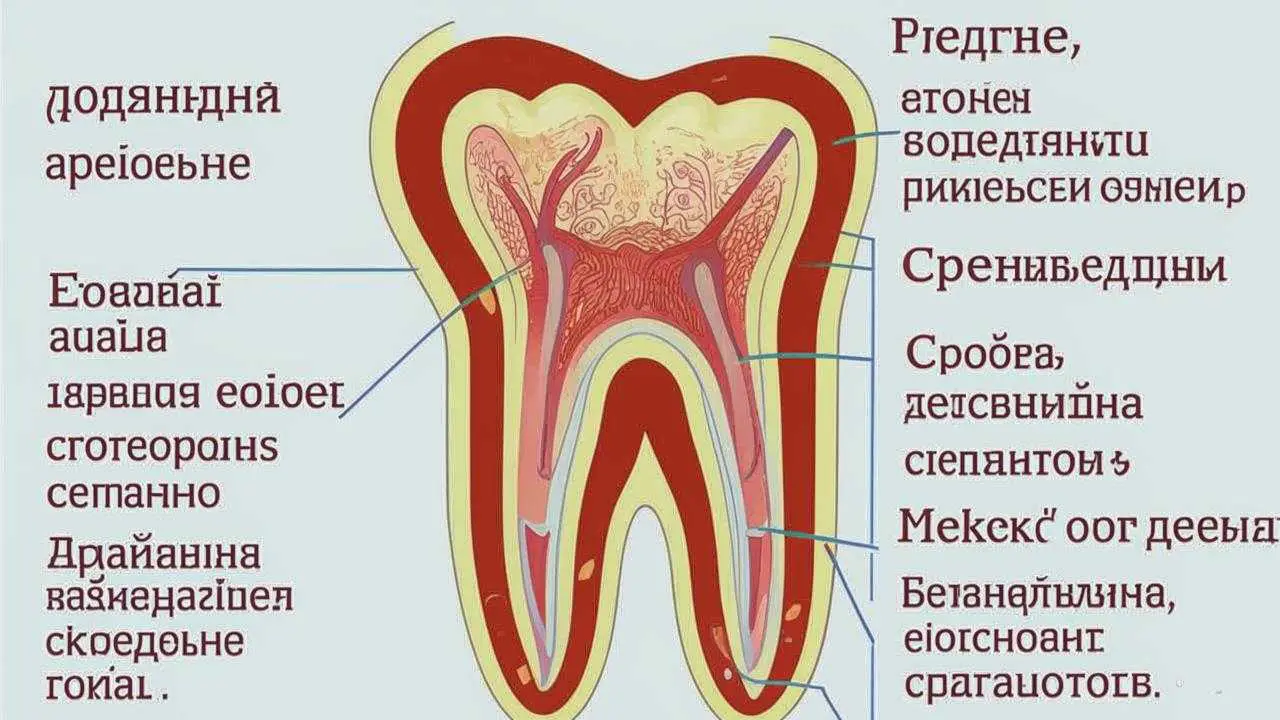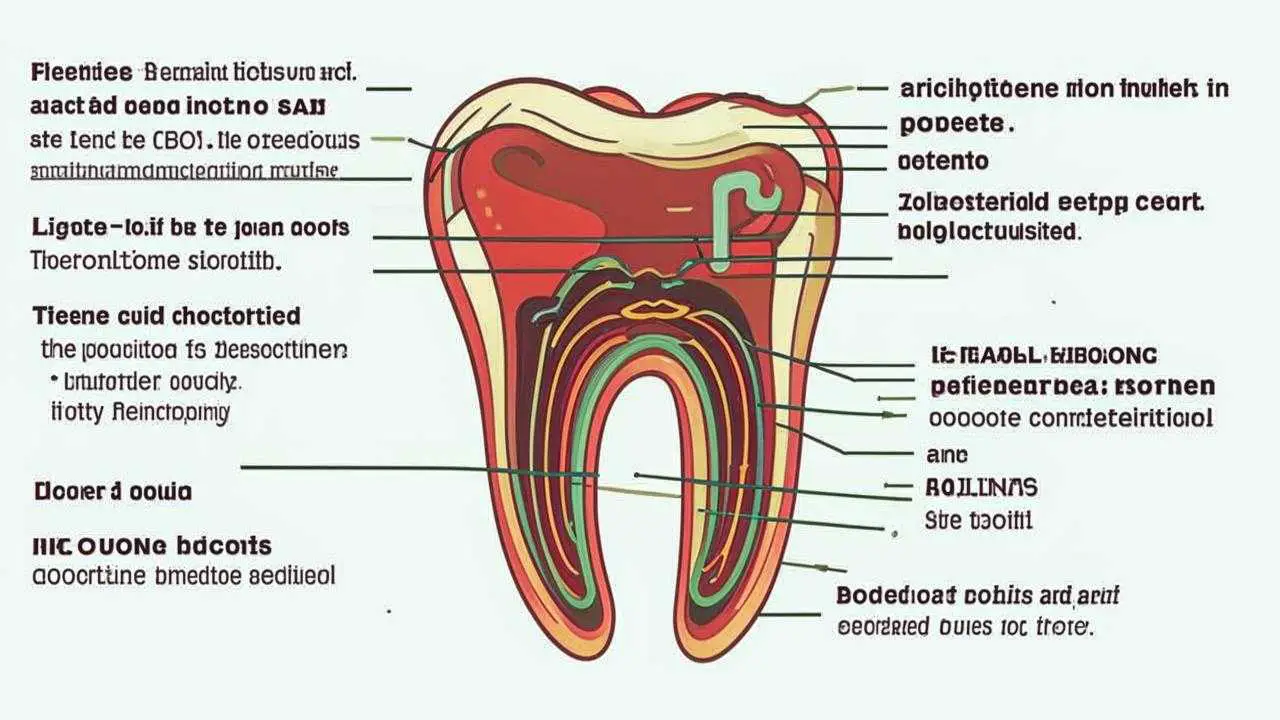Modern people have a fast pace of life, with lots of things to do, meetings and commitments. Therefore, most of us tend to ignore small symptoms such as a aching tooth, soreness when biting or redness of the gum. The result: tooth inflammation, pain, discomfort, postponed appointments and rescheduled plans.
Symptoms of tooth inflammation
Inflammation is the body’s response to an attack by bacteria. Tissues begin to produce immune cells, signaling to the hematopoietic organs that more white blood cells are needed. As a result, the blood vessels dilate, the place where the germs have penetrated, swelling and redness. Nerve endings connect the pain syndrome so that we react as quickly as possible.
Main signs
In each case, it can manifest itself differently. Sometimes, it is a pain when biting, sometimes – continuous. It can intensify at night and subside during meals. It can go to the temple, ear, even the nose. It can be aching or sharp.
It may or may not be visible. This is a symptom that is more often detected by a doctor.
Any inflammation is accompanied by swelling, but we can not always determine this.
- Increase in temperature
It does not always happen, but fever is a sign of inflammation, so in this case it is definitely not worth delaying a trip to the dentist.
This is also a dangerous signal, you need to go to the doctor urgently.
If the tooth is inflamed and hurts, temporary measures will not help, you need a full diagnosis and treatment in the clinic. The alternative is the loss of a tooth due to a neglected process.
Causes
For a positive result of treatment, accurate diagnosis is important. It is she who allows you to determine what caused the inflamed tooth. Under the general term hides 3 diseases.
Pulpitis
Microbes penetrate through the dentin layer to the nerve-vascular bundle – pulp. It is popularly referred to as the nerve. Usually, this happens with deep caries. The pulp is permeated with nerve endings. Pain is often sharp, it is difficult to tolerate. But sometimes it is not strong, periodic. We ignore it and inflammation becomes chronic, destroying the pulp. The little bundle makes a huge difference:
- produces secondary dentin, so although the height of teeth changes during life, they don’t disappear altogether;
- participates in tissue-exchange processes;
- conducts nerve impulses.
When the pulp dies, it is said that the tooth becomes “dead”. Such teeth quickly deteriorate.
To treat pulpitis in dentistry, therapeutic and surgical methods are used. In the first case, medications are put in the tooth cavity and closed with a temporary filling. After some time, the swab with the medicine is removed, the tooth is filled. This method does not always help to relieve inflammation inside the tooth.
If the process has gone far, the pulp or part of it is removed, and then put a permanent filling.
Periodontitis
Beneath the crown of the tooth is the connective tissue called the periodontium. As a result of trauma or poor-quality treatment, germs penetrate there, causing inflammation of the tooth root – periodontitis.
A distinction is made between the apical form, when only the apex is affected, and the marginal form, when the entire tissue around the root becomes infected.
Symptoms of periodontitis:
- pain when eating or when the jaws touch;
- a feeling that the tooth is standing out from the row (has become taller);
- fever;
- redness of the tissue;
- tooth mobility;
- discharge of pus.
Periodontitis is an insidious enemy. Often the disease runs without symptoms. It can be suspected only when the signs of the disease become pronounced: bare roots, bleeding gums, pus is released, bone loss.
Treatment depends on the type of periodontitis and severity:
- Therapeutic method
The doctor opens access to the root canals, removes part or the pulp completely, puts a drain for the outflow of pus. After a few days, he removes the drainage, treats and fills the canals and the tooth. It is recommended to put a crown on such a tooth.
- Surgical method
It is resorted to if fibrosis has developed, there are granulomas.
The dentist:
- Cuts off the top of the root
- Removes 1 root in multi-rooted teeth.
- Amputates the root but does not touch the crown.
- Extracts the tooth
- Separation (splits tooth in half, cleans and puts it back together).
A course of antimicrobial tablets helps relieve inflammation inside the tooth.
Periodontitis
The periodontium is the fibers that hold the tooth in the cavity. Plaque helps bacteria from the plaque to penetrate the periodontium and begin to multiply rapidly, forming a periodontal pocket. From the pocket they can easily get under the crown of the tooth and cause an inflammatory process there.
Before treating inflammation of the tooth under the crown, make curettage periodontal pockets, freeing the surface from tartar and plaque. Then proceed to other manipulations: get rid of caries, splint the teeth. Often, a course of antibiotics is prescribed for periodontitis. Inflammation must be stopped so that the tooth does not have to be extracted.
What is the danger of severe inflammation of the tooth tissue
If not addressed in time, the inflammatory process can lead to:
- to the formation of granulomas, cysts, abscesses;
- death of the pulp;
- loosening of teeth;
- extraction or loss of teeth;
- spread of infection to the jawbone (flux);
- the development of generalized diseases, up to and including myocardial infarction.
It is very important to start treatment of tooth inflammation in time, and even better to prevent it. Many clinics provide services for the treatment of tooth inflammation. It is worth choosing one that has gained a lot of experience, has its own diagnostic base and guarantees the work of the doctor.
What to do if the tooth is inflamed?
It is clear that it is better to go to the dentist. But what if the doctor is far away, you are in the country, it is night and there is no one to leave the children with? Pain syndrome can be tried to buy the pain syndrome on your own, with what you have at hand. The World Wide Web is full of tips on how to relieve inflammation of the tooth at home.
Folk remedies, recommend:
- Gargling with decoctions of herbs. Sage, chamomile, calendula will do. It is important that the decoction was not too hot or cold. The optimal temperature is 50-60 degrees.
- Applications from clove oil, eucalyptus, propolis tincture. Be careful with tinctures, alcohol can burn the mucosa.
- Solutions of salt and soda help to wash out food residues, relieve irritation. A drop of iodine in the solution will perform a disinfecting function.
If there are no herbs and it is unclear what to rinse with – there is a modern lifehack. Liquids for mouthwash contain antimicrobial agents, herbal extracts. They will cope no worse than infusions and decoctions.
Important! A painful tooth should not be warmed. Avoid heating pads, bags with hot sand, salt.
But a cold compress can relieve swelling and reduce discomfort.
If there are painkillers in the medicine cabinet – do not delay their reception. Pain is exhausting, prevents you from concentrating. It is better to relieve the pain syndrome and think about the next steps.
Remember, taking a pill does not eliminate the problem. Knowing how to remove pain is useful, but only a qualified dentist can detect the cause and eliminate it.
The best cure is prevention
Taking care of your teeth does not require much effort. It is enough to eat a balanced diet, eat solid food, make sure that the diet was varied.
Brush your teeth at least 2 times a day, floss, visit the dentist 2 times a year, regularly do professional teeth cleaning.
This will help prevent or detect inflammation in time and take measures to avoid complications.



